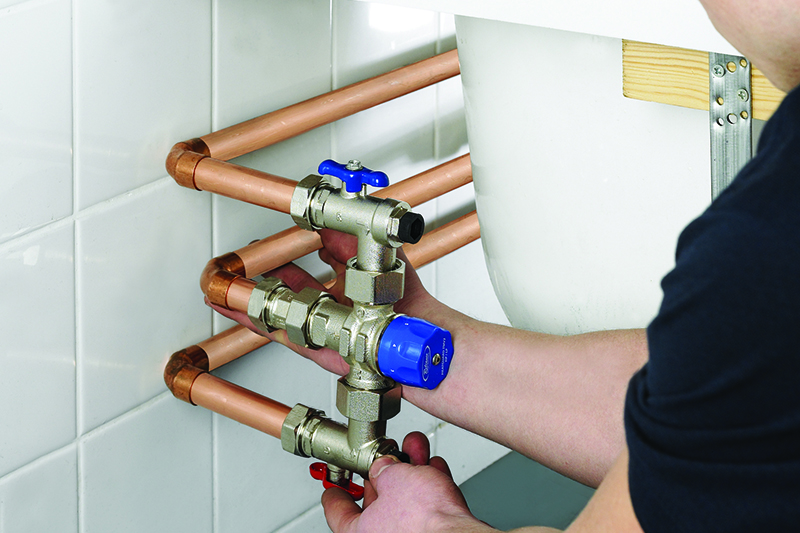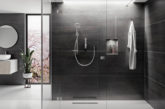
Jerry Whiteley, Technical Manager at the Chartered Institute of Plumbing and Heating Engineering (CIPHE), outlines six top tips to consider when retrofitting TMVs.
Know TMV types
It is crucial that water coming out of taps is at a safe temperature, while at the same time the stored water is also maintained between 55ºC and 60ºC to ensure that Legionella bacteria cannot grow. This is where TMVs are key, as they allow for water to be stored at a high temperature, but to exit outlets at a safe temperature.
There are two different types of TMV; TMV2 and TMV3. For domestic properties, the TMV2 is suitable, while the TMV3 is used in commercial settings. For domestic properties, Part G of the Building Regulations state that new buildings and change of use, are legally required to have TMVs installed, so that tempered water can be delivered to outlets. For existing homes built prior to these regulations, CIPHE would like to see legislation introduced to allow for TMVs to be installed retrospectively.
Consider set distances
TMVs need to be installed either at, or in very close proximity to, hot water outlets to ensure the best results, minimising any area where water at an unsafe temperature is held. In some cases, TMVs may be fitted in an airing cupboard, commonly where the hot water cylinder is located. This decision is typically made for convenience, but it is important to ensure that this is suitable depending on the distance. A TMV should not be installed further than one metre away from the outlet.
Think about outlets
One of the most frequently asked questions that the CIPHE receives is, “How many TMVs need to be installed in a property?”, specifically surrounding multiple outlets. For example, if a homeowner has a bathroom layout where there may be two sinks and taps located back-to-back. If outlets are back-to-back, then installing multiple TMVs isn’t required and less is more, as one TMV will suffice to prevent scalding water from both outlets. For properties with multiple hot water outlets located further apart, then multiple TMVs will be required.
Don’t put aesthetics over access
Recent design trends for bathrooms can pose specific challenges when it comes to retrofitting a TMV. For instance, it has become increasingly popular for homeowners to tile-in, or have free-standing bathtubs rather than opting for a removable bath panel. Therefore, when introducing a TMV underneath a bath future access for maintenance should be discussed. It is essential to realise that these should not be regarded as ‘fit and forget’ devices and they should be serviced regularly.
When it comes to sinks, it is also common for homeowners to choose design over function, often opting to have no pedestal or a semi-pedestal. If aesthetics is a concern then it might be worth discussing ways to conceal a TMV, for example with an under-sink furniture unit.
Speak to your customer
Installers are urged to stress the importance of stabilising water temperature and reducing scalding and burning risks. During 2020, there was a 25% increase in hospital episodes due to burn injuries caused by contact with heating appliances, radiators and pipes, according to NHS Hospital Episode Statistics for England. There was also a 9% rise, between 2019 and 2020, in the number of scalding incidents from taps. These figures show a clear risk to the public and that action to stop burns and scalds from happening in the home is required.
Recommending TMVs will reduce the risk of potential harm caused by hot water scalding, so it is important to speak with homeowners about how to increase their safety if they do not already have TMVs installed.
Get support
To support installers with hot water safety information, including TMVs, the CIPHE offers members dedicated information and technical guidance.
For more information about the CIPHE, or to become a member, contact the team via email at [email protected] or call 01708 472791












